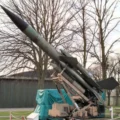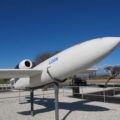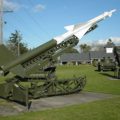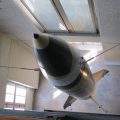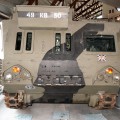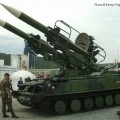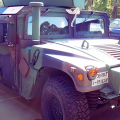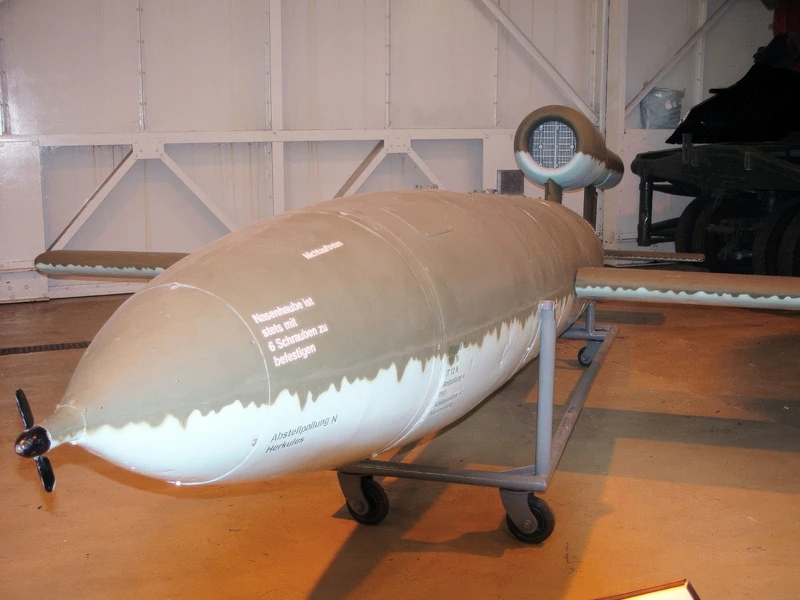
V-1 flying bomb | |
|---|---|
| Країні | Нацистська Німеччина |
| Роль | Крилата ракета |
| На службі | 1944–1945 |
| Побудований | Незнай |
У 201 Літаюча бомба V-1 Vergeltungswaffe 1 «Vengeance Weapon 1) — також відома союзникам як бомба-дзижчання, або каракул, а в Німеччині як Kirschkern (вишнева кісточка) або Maikäfer (травневий жук), а також за офіційним позначенням літака RLM Fi103 була ранньою крилатою ракетою і єдиним серійним літаком, який використовував імпульсний струмінь для живлення.
Джерело: Літаюча бомба V-1 у Вікіпедії
| Fieseler Fi 103 V-1 ‘Buzz Bomb’ Walk Around | |
|---|---|
| Фотограф | Михайло Бенолкін |
| Локалізацією | Незнай |
| Фото | 41 |
| Fieseler Fi 103 V1 Rreichenberg gerat Walk Around | |
|---|---|
| Фотограф | Unknow |
| Локалізацією | Незнай |
| Фото | 14 |
Читайте також:

У 201 Літаюча бомба V-1 was a revolutionary weapon developed by Nazi Germany during World War II. It was the first cruise missile in history, powered by a pulsejet engine that gave it a distinctive sound and earned it the nicknames of “buzz bomb” or “doodlebug” among the Allies. The official designation of the V-1 was Fieseler Fi 103, but it was also known as Vergeltungswaffe 1 (“Vengeance Weapon 1”) by the Germans.
The V-1 was designed to terrorize London and other targets in Britain, as well as Antwerp and other cities in Belgium. It was launched from ramps or airfields along the French and Dutch coasts, and flew at a speed of about 640 km/h (400 mph) and an altitude of 600 to 900 m (2,000 to 3,000 ft). The V-1 carried an explosive warhead of 850 kg (1,870 lb) that detonated on impact or by a timer. The guidance system of the V-1 consisted of a gyrocompass and an autopilot that controlled the rudder and elevator. The range of the V-1 was about 250 km (160 mi), but it could be affected by wind and weather conditions.
The first V-1 attack on London took place on June 13, 1944, one week after the Allied invasion of Normandy. The British air defenses tried to intercept the V-1s with anti-aircraft guns, barrage balloons, and fighter planes, but many of them reached their targets and caused widespread damage and casualties. The V-1 attacks continued until October 1944, when most of the launch sites were overrun by the advancing Allies. A total of 9,521 V-1s were fired at Britain, killing about 6,184 people and injuring 17,981. Another 2,448 V-1s were launched at Belgium, killing 2,448 people and injuring 6,303.
The V-1 flying bomb was a remarkable technological achievement for its time, but it also represented a new form of warfare that threatened civilians and cities with indiscriminate destruction. The V-1 was followed by the more advanced and deadly V-2 rocket, which was the first ballistic missile in history. The V-weapons were part of Hitler’s desperate attempt to reverse the course of the war, but they failed to stop the Allied victory.
Кількість переглядів : 2645


